
Using PLT in the New Normal
Did you know that you can adapt many of PLT’s activities to present virtually or assign to your students for independent exploration? “We All Need Trees” is a great example.

Did you know that you can adapt many of PLT’s activities to present virtually or assign to your students for independent exploration? “We All Need Trees” is a great example.
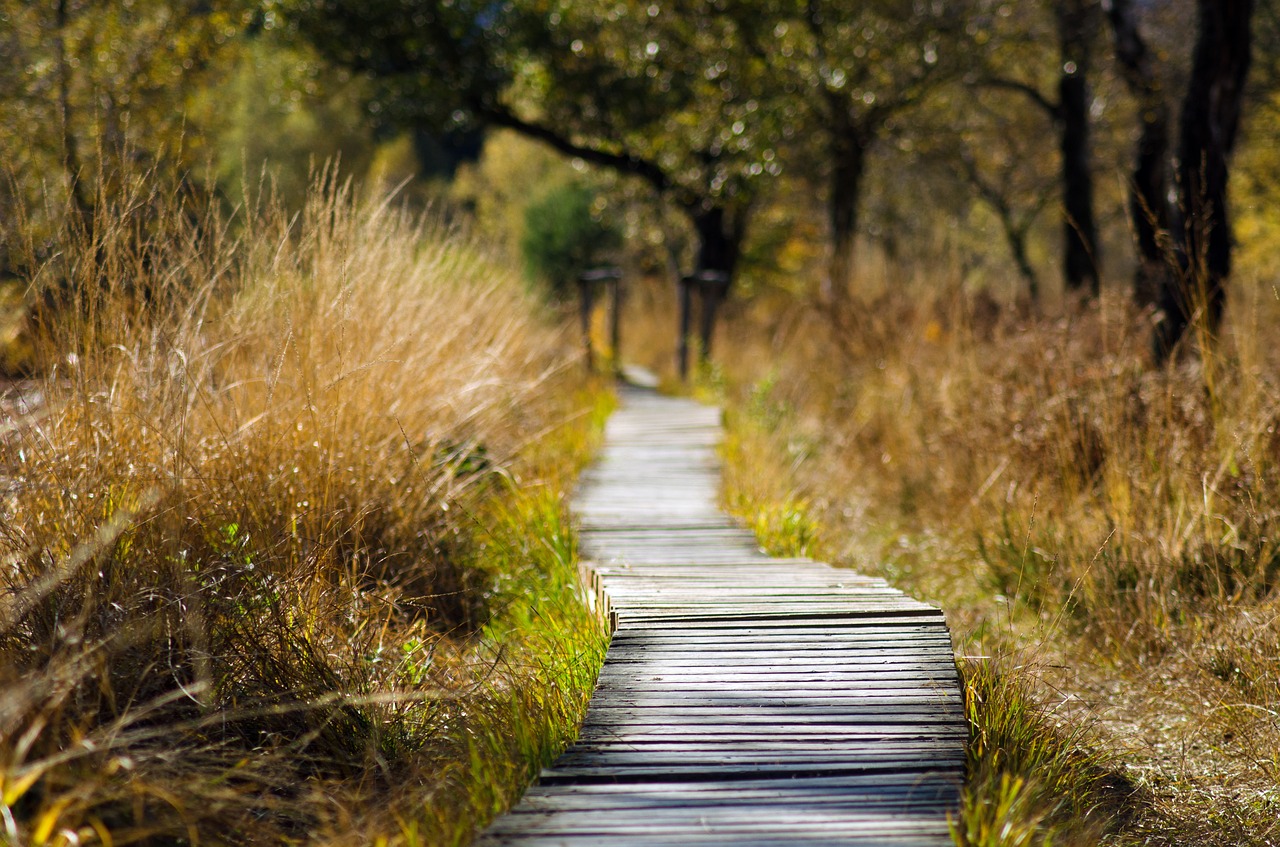
Incorporate art, science, geography, and math into your next nature walk to add an educational component to your outdoor exploration. Each nature walk offers something different for children to explore. Here are some activities to make a nature walk this #EarthDay2020 an engaging and enriching learning experience for children of all ages.
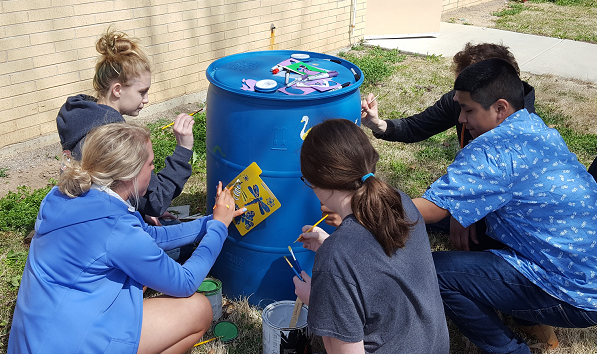
Bookmark these ideas for students to conduct investigations and learn about water conservation, plus tips for how to build your own rain barrel. This story highlights students in Kansas who calculated the amount of water their school uses, and the dollar savings in water bills after they installed rain barrels.

With schools around the world temporarily closing to slow the spread of the Coronavirus disease COVID-19, we’ve assembled this list of (free!) PLT activities that you can do at home—both inside and close-by in a safe space outside.

In recent years, there has been growing concern about rising temperatures across the globe. What is causing these changes in our climate? Why are we so concerned about it now?
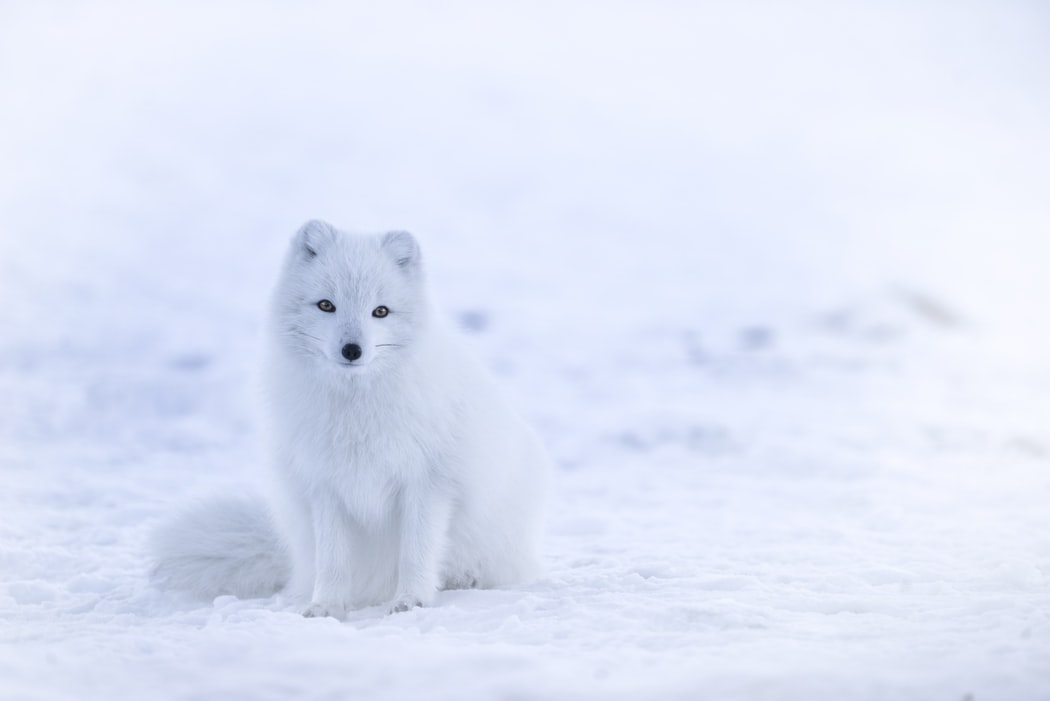
As the temperature outside begins to drop, noticeable changes take place all around us. All living things, including humans, must adapt to their environment in order to survive. Let’s take a closer look at how plants and animals prepare for winter.

As a 7th grade Environmental Science teacher, I often turn to PLT for ideas and inspiration. So when my state adopted new environmental science content and guidelines earlier this year, I took a deep breath and opened my trustworthy PreK-8 Guide for inspiration. It’s helped me through previous curriculum and standards changes in years past, and not surprisingly, I found more than 15 engaging activities to strongly correlate with the new state guidelines.
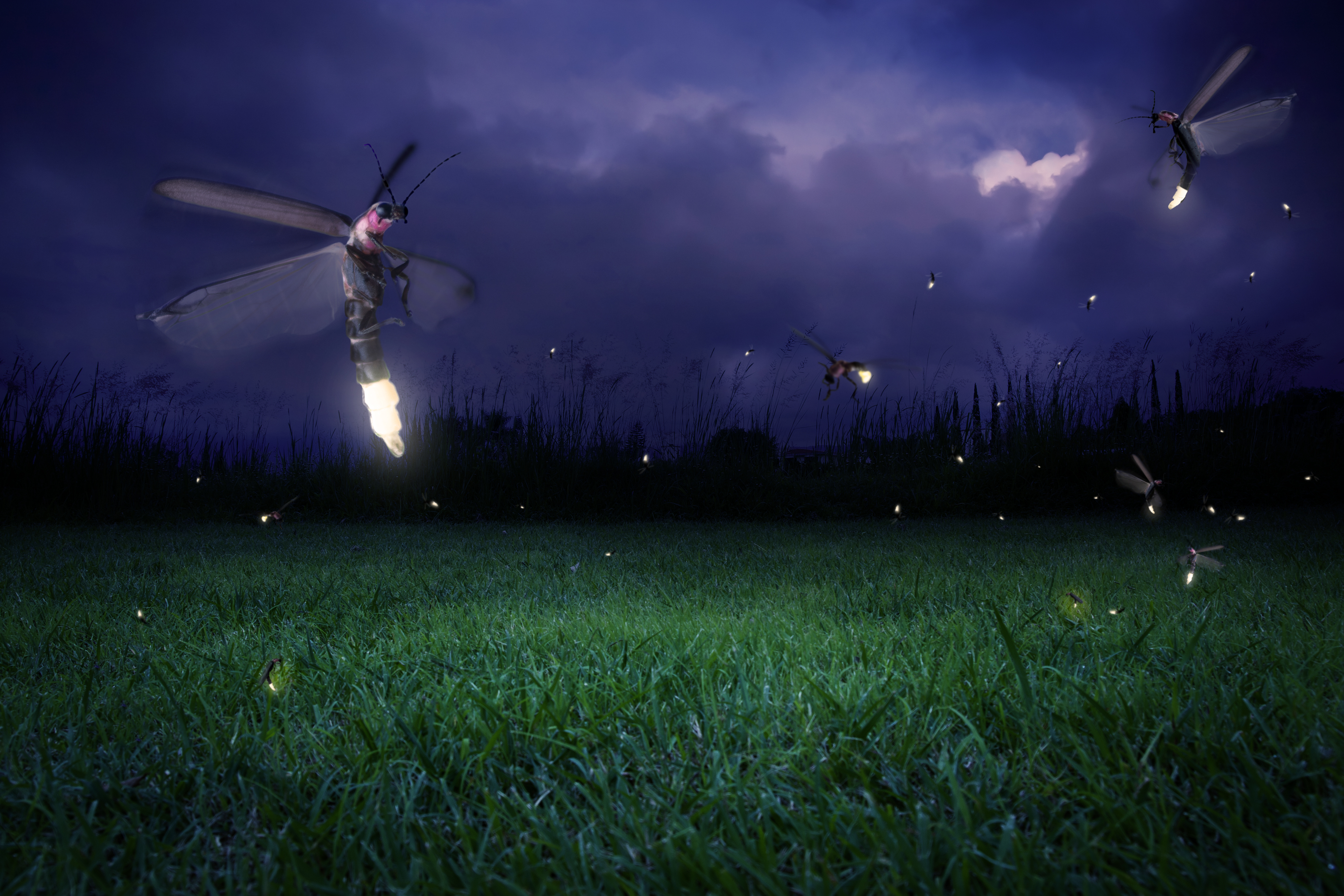
Some animals, insects, and organisms have evolved to produce light for various reasons. Capture your students’ curiosity and love of learning by using bioluminescence as a springboard into the world of luminescence. There are many ways of adapting glow-in-the-dark lessons to a variety of subjects and grade levels.
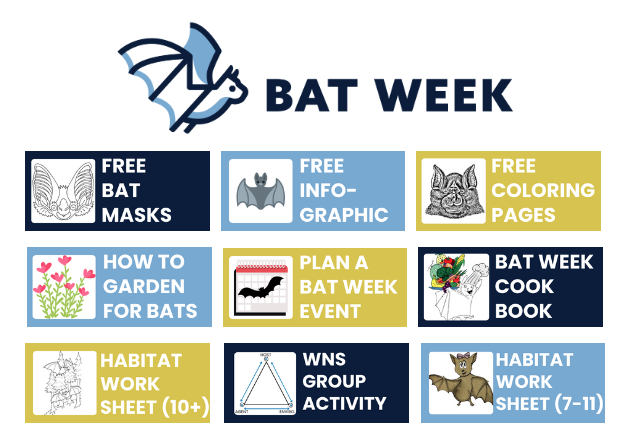
By Jennifer Byerly
Bat Week is Oct. 24-Oct. 31! Use this national event (timed with Halloween) to teach kids about the important role bats play as insect eaters, pollinators, and seed spreaders. To celebrate, we’ve gathered some free downloadable activities, arts and crafts, writing prompts, and other projects for all ages to learn about bat conservation.

Supplement your curriculum across subject areas with these 8 easy activities with a sustainability theme for middle school students.